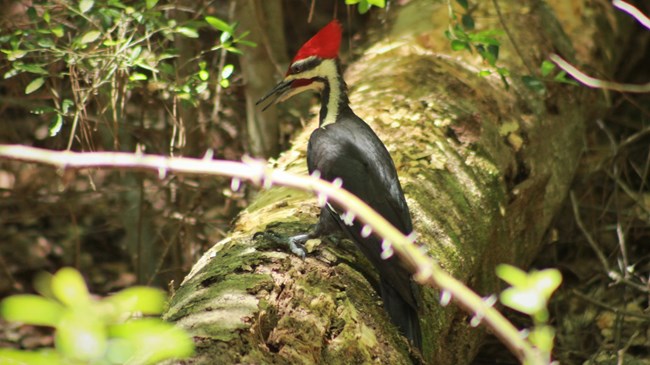
NPS Photo / Jeremy Stringfield Dryocopus pileatusPileated woodpeckers can be found in much of the eastern half of the United States, southern Canada, and the Pacific Northwest. These large birds flourish in the forest ecosystems of the Big Thicket. However, habitat destruction has impacted the pileated woodpecker population; they are not as common as they once were. Blanc, L. A., & Walters, J. R. (2008). Cavity-nest webs in a longleaf pine ecosystem. The Condor, 110(1), 80-92.
Harness, R. E., & Walters, E. L. (2005). Woodpeckers and utility pole damage. IEEE Industry Applications Magazine, 11(2), 68-73. Kaufman, K. (2001). Lives of North American Birds. Houghton Mifflin Harcourt. Shackelford, C. E., & Conner, R. N. (1997). Woodpecker abundance and habitat use in three forest types in eastern Texas. The Wilson Bulletin, 614-629. Pileated Woodpeckers in the National Parks |
Last updated: May 8, 2021
